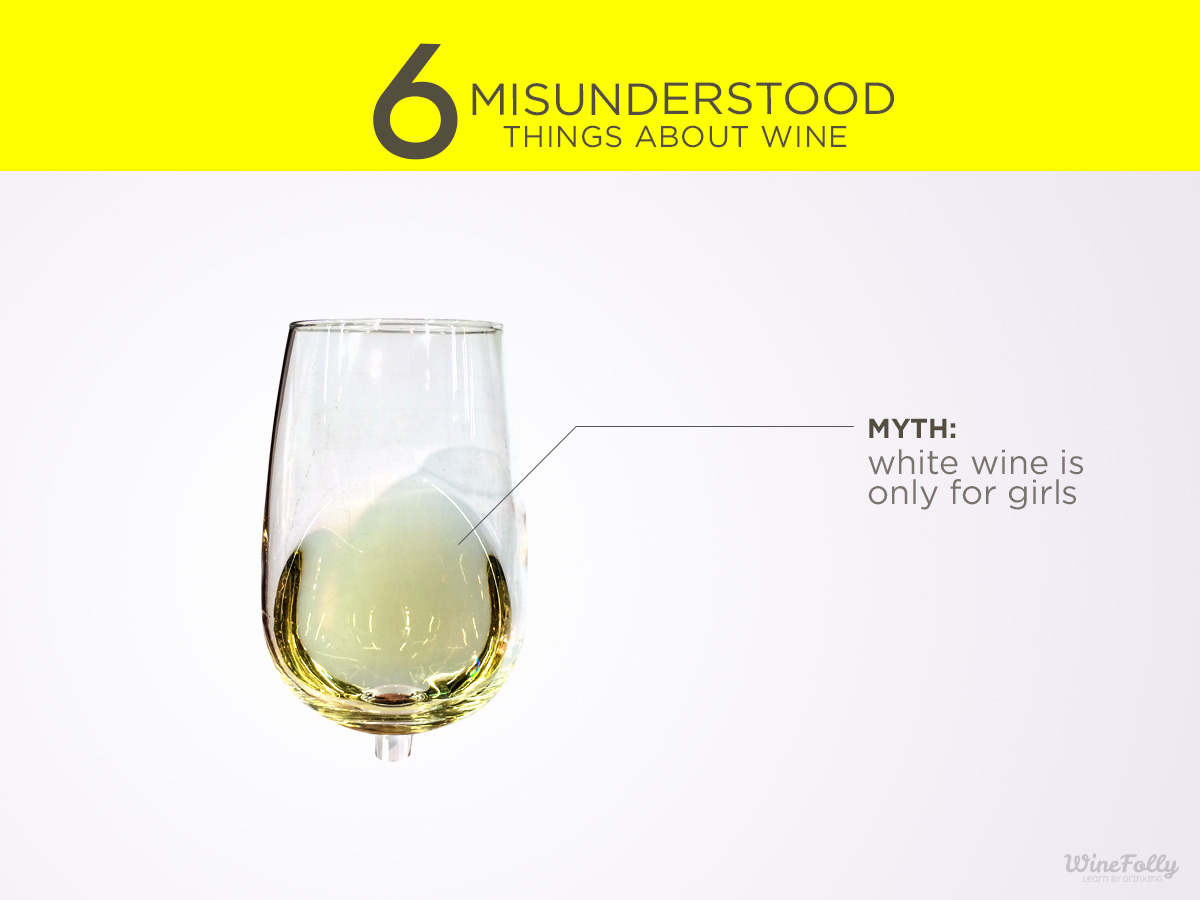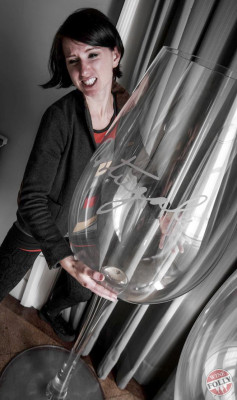If you drink wine on a regular basis, you’ve probably already seen Sideways. While Sideways cultivated your love for Pinot Noir, you’ve only just come around to re-appreciate Merlot. As it happens, Merlot is pretty damn good.
 In the same vein, most wine aficionados know the term ‘ABC’, which means ‘Anything But Chardonnay.’ However, it’s a little ironic because one of the most talked about appellations in Burgundy is Montrachet (sounds like ‘Mon-trash-aye’). Montrachet is famous for its rich and buttery Chardonnay. Apparently hard-to-read words make the wine taste better. Perhaps it’s time to get some Krasnostop Zolotovsky (from Russia!)
In the same vein, most wine aficionados know the term ‘ABC’, which means ‘Anything But Chardonnay.’ However, it’s a little ironic because one of the most talked about appellations in Burgundy is Montrachet (sounds like ‘Mon-trash-aye’). Montrachet is famous for its rich and buttery Chardonnay. Apparently hard-to-read words make the wine taste better. Perhaps it’s time to get some Krasnostop Zolotovsky (from Russia!)
Instead of letting misinformation about wine slide around and confuse everyone, this article will shed light on some of the current fictions floating around.
White Wine is Only For Girls
MYTH: Perhaps this myth is proliferated in this scenerio:
Man orders Chenin Blanc. Wife falls off seat laughing. Man feels embarrased and never does it again. The same problem happens with men’s pink shirts.
TRUTH: White wine is classy, nuanced and complex. It also has many more affinities to beer, which is traditionally considered a manly realm. Trying to avoid sweet white wine? Here are some savory white wine varieties:
- Grüner Veltliner (from Austria)
- Assyrtiko (from Greece)
- Vermentino (from Italy)
- Sauvignon Blanc (from Everywhere)
High Alcohol Wines Are the Devil
MYTH: A very prominent wine writer blew his lid about high alcohol levels in wine recently. The argument is that winemakers are purposely over-ripening their grapes so that sugar content at fermentation is so high wines cap out at 17% ABV. The term ‘Ultra-High’ most likely is for wines at 15%-17% ABV.
TRUTH: This sentiment hurts both wine regions and wine grapes. Some grapes, such as Zinfandel, are wizards at making super high sugar-content grapes. When grapes like these get fermented to wine, it’s easy to get up to 16% ABV. For wine regions, look at alcohol levels in places like Spain, Southern Italy, California, Australia and parts of Argentina. These regions have more sun which makes more sugar and, thus, more alcohol. As much as a winemaker can go in and tinker with winemaking-magic or pick grapes earlier, sometimes the normal results taste great. Why fix it if it ain’t broke?
90 Point Wines Are Better than 89 Point Wines
[facebook align=”right”][/facebook]
MYTH: The Wine Spectator, Wine Enthusiast, Wine Advocate, Pinot Report, James Suckling, International Wine Cellar, Vinous, Beverage Tasting Institute, Connoisseurs Guide to Wine, and various blogs all have their wine ratings used in order to sell bottles.
TRUTH: Would it surprise you to know that there have been studies that prove wine scorers don’t have 100 point depth accuracy? For example, one day the wine is 90 and the next day it might be 89 or 88. So don’t let this pearl of knowledge weigh your choice if you’re picking wine only a couple of points away.
Old Wine > New Wine
MYTH: A professional wine curator for private cellars (you know, for the inexplicably rich) once exclaimed that he was depressed with the amount of over-the-hill white Burgundy he kept seeing in his client’s cellars.
There’s nothing more depressing than cellaring a wine
so long that it dies before you get to kill it.
TRUTH: Today, more wines are being crafted to be drunk when new. The market now is developing the two distinct styles of age-worthy and drink-worthy wine. Here’s a hint: the age-worthy stuff usually has high tannin and acidity and doesn’t taste that great until fully aged.
Old World > New World
MYTH: Since vitis vinifera came from around Armenia into Western Europe it’s now cultivated everywhere. Traditionally wine is split up between New and Old World.
TRUTH: In the last 60 years, so much has changed with the wine industry that the U.S.A. and Australia are no longer the new kids on the block. China, England, Canada, Thailand, Russia and India are all producing wine. The lines are getting more blurry stylistically as winemakers continue to push the boundaries of what’s possible. This is an exciting time to drink wine.
Wine Glasses: Bigger is Better
MYTH: Wine needs space to develop aromas in a glass, thus the bigger the glass the better.
TRUTH: Despite what many glass manufacturers tell you, there is a point when a glass is just too big. When the wine glass completely encloses your face, a wine glass is too big.
Want to know what wine glasses are the right type for you? Find out more about the different types of wine glasses.

